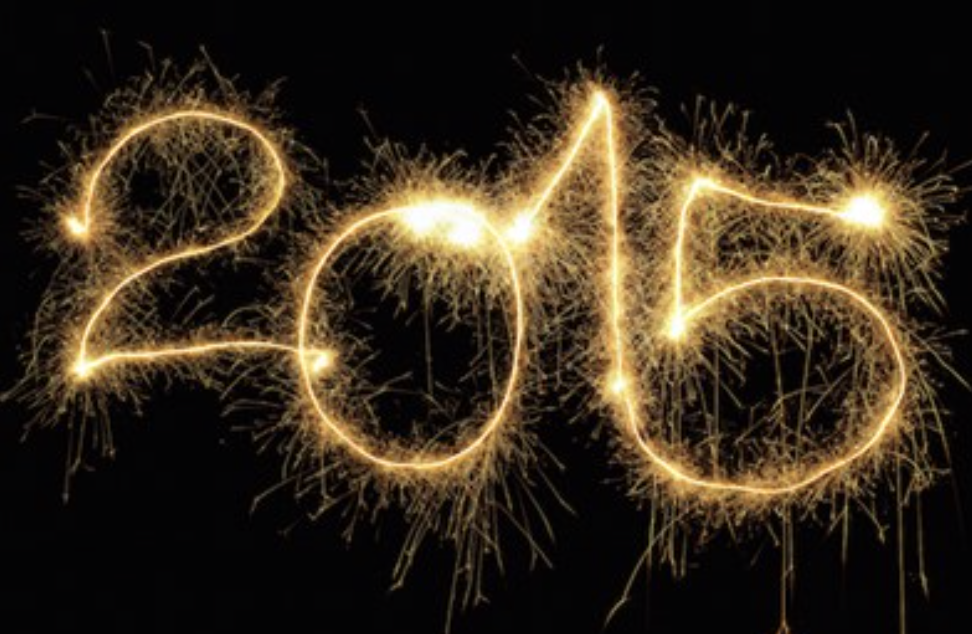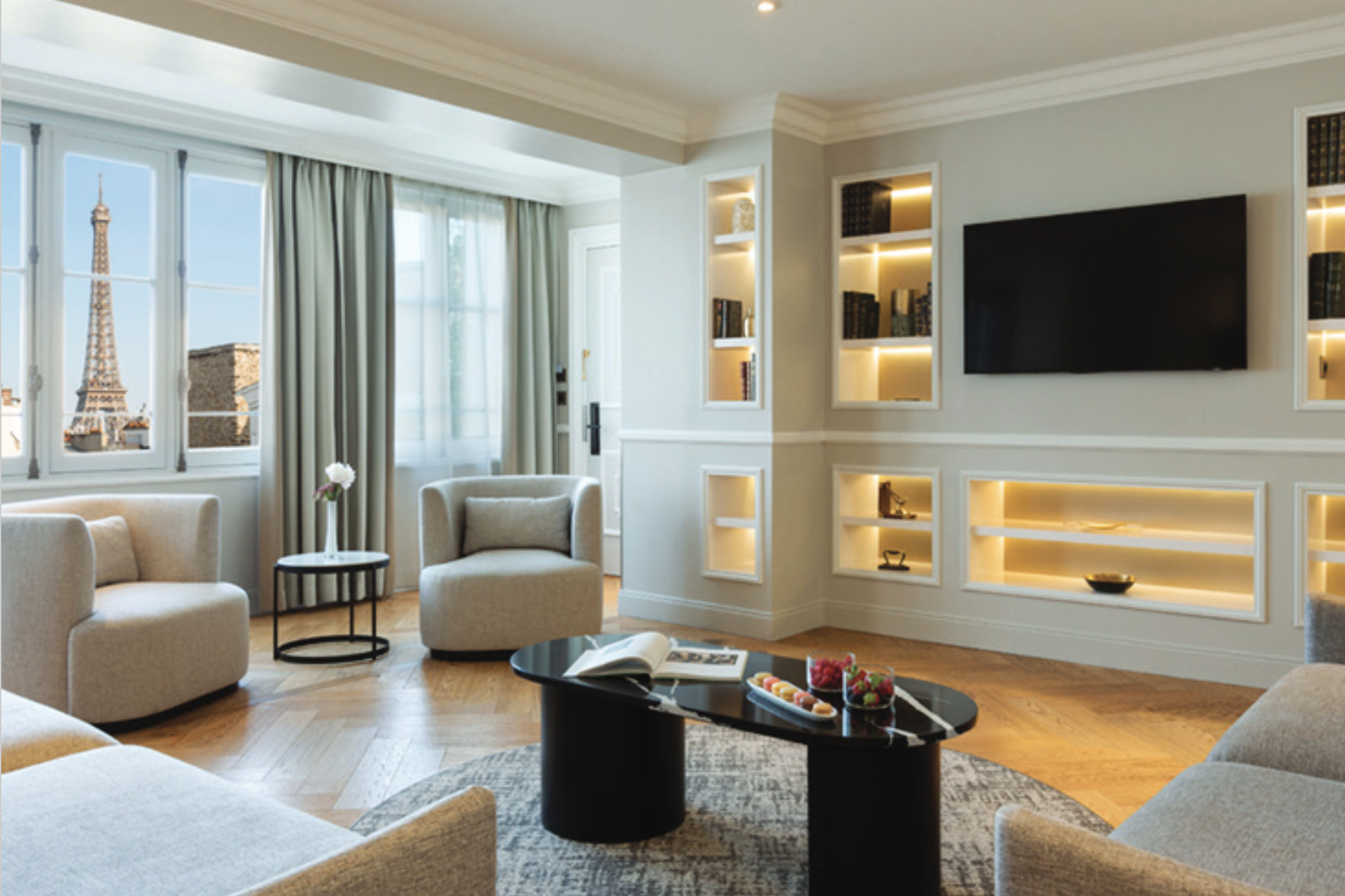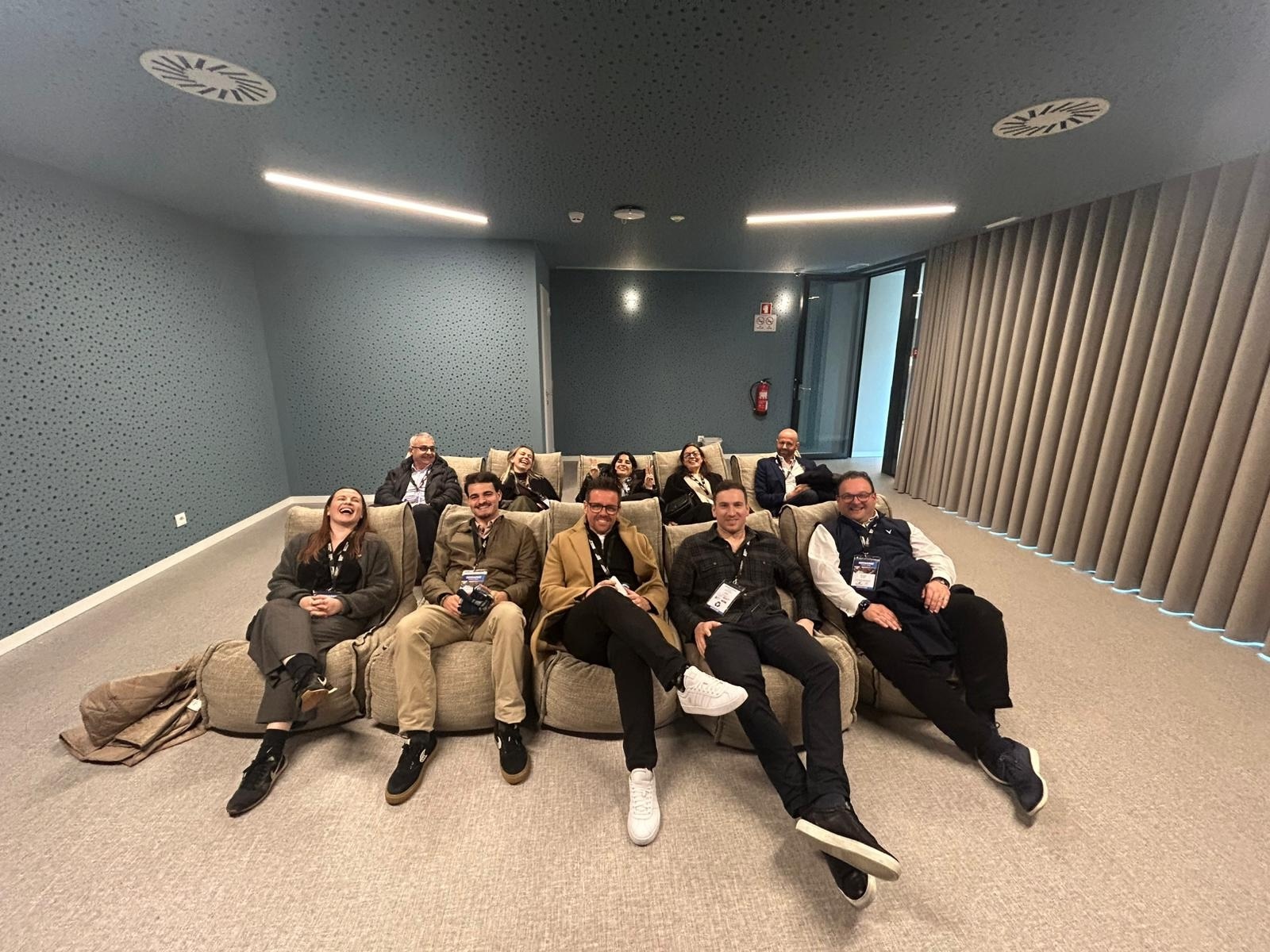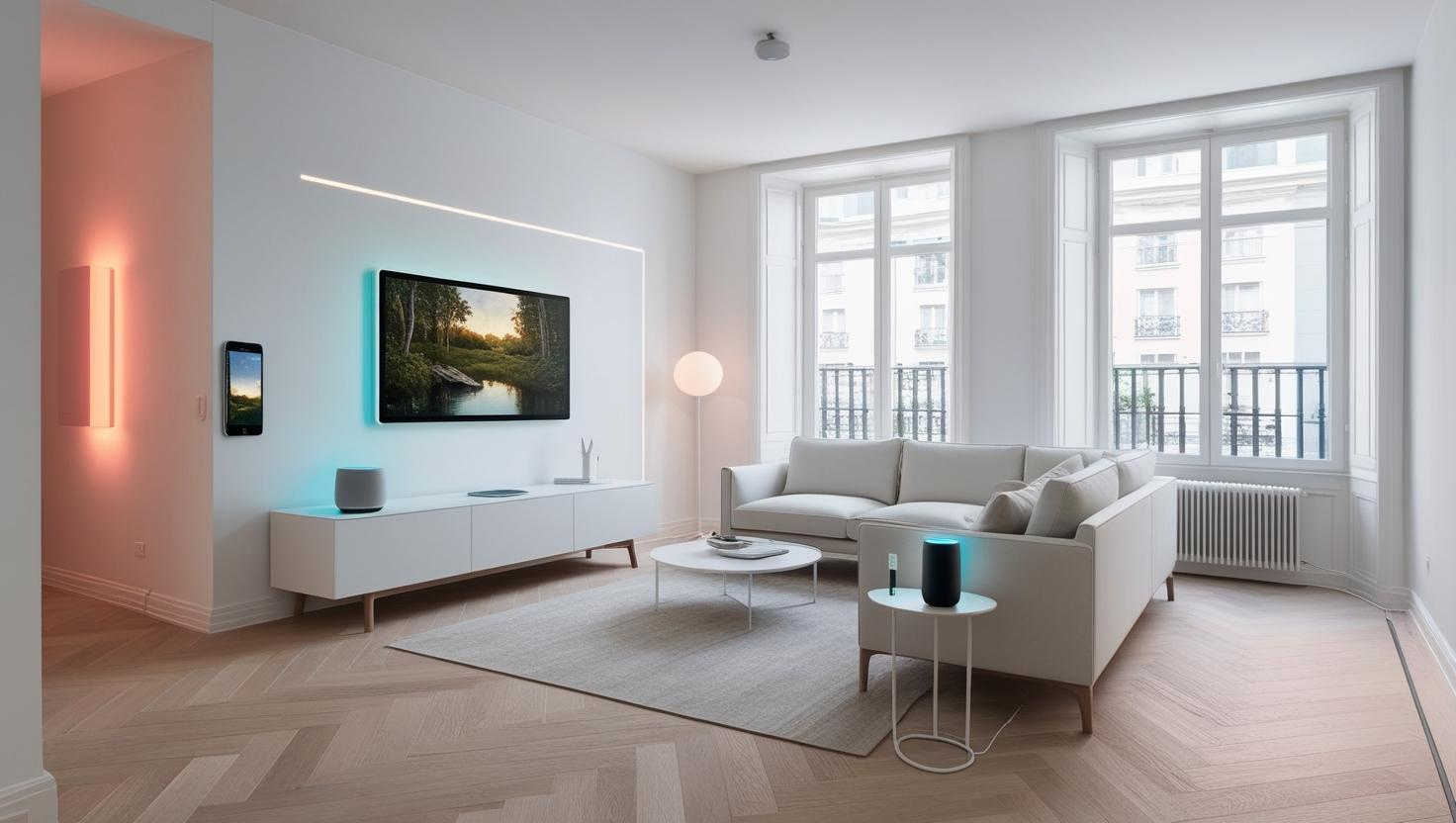
1. Mobile payments
Those hoteliers planning to simply accept mobile payments in 2015 will fall behind the curve. Be first to embrace m-paymentsto facilitate new ways to share and split costs, increase competitive advantage and add a new dimension for guests in the process. 2015 will be the year when mobile payment platforms and tokenization become commonplace. in the US. Apple Paysaw one million cards registered in its first three days after launch in the US and Starbucks now processes 7 million mobile payments a week. In addition, there are forecast to be 450 million mobile payment users by 2017, up from 245 million at the end of 2013.
2. Chameleon socialites
There has been a lot of research conducted to gain insights on consumers’ social media behaviour patterns and changes in consumers’ behaviour are happening continuously. Consumers around the world are constructing their own identities more freely than ever – some adopting different personalities based on the type of device and social network they’re engaging with. They perceive the use of different channels as an integral part of their daily lives. Research into social media behaviour reveals that Twitter and Facebook users fall into 12 different social media personality types.
As a result, consumption patterns are no longer defined by ‘traditional’ demographic segments such as age, gender, location, income, family status and more. It’s time to disregard the traditional (and tired) demographic models of behaviour. Yes, younger, affluent hotel guests are still (usually) the earliest adopters of innovations and change – take a look around a ‘poshtel’ or ‘budget chic’ hotel lobby and you’ll see those guests in droves. But now successful hospitality brands will transcend their initial demographics almost instantaneously with more personalised offerings.
3. Hub community connections
Guests, particularly in extended stay properties, will increasingly feel the need to connect with humanity and the hotel’s local environment as they become tired of the incessant bombardment of virtual stimuli – which is distracting in itself, and the pervasive mobile connectedness taking over our lives. Look for accommodations acting like community portals – think post offices; community centres; libraries; pubs, clubs and more host (or hosting groups) variations, introducing guests to popular local experiences that could become part of the hotel’s approach to content marketing and story-telling.
4. Peer2Peer dining
The hosted vacation rental model (think Airbnb and HomeStay – renting unique places to stay from local hosts) has made the natural transition to hosts’ kitchens and dining rooms and traveller’s unique dining experiences. A number of Peer2Peer dining websites, such as mealtango and eatwith have launched, prompting corporate level companies like Trip Advisor, to jump on the bandwagon. Much like Poshtels, Peer2Peer dining offers tourists a unique and authentic experience, within a budget; with user reviews (for both guests and hosts) and foodie pics providing welcome feedback through the experience. For extended stay guests, who will inevitably get tired of eating in the same collection of restaurants in the vicinity of their accommodation, Peer2Peer dining offers a more homely, personal option.
5. Blurring of business and leisure
Bleisurites: they’re smart, not trendy, and focus on both business and leisure activities while on the same trip. As the lines between business and leisure travellers blur, and the speed of communications and technology improves unabated it’s easier and quicker to get things done, and working on the move with mobile is now commonplace. With companies offering a more flexible approach to employee productivity it presents fresh opportunities for hotels to incorporate bleisurites into one’s hotel visual story. Consider changing room configurations and amenities that would resonate with them most – how technologically advanced is your apartment or hotel at capturing this type of traveller for instance?</p








